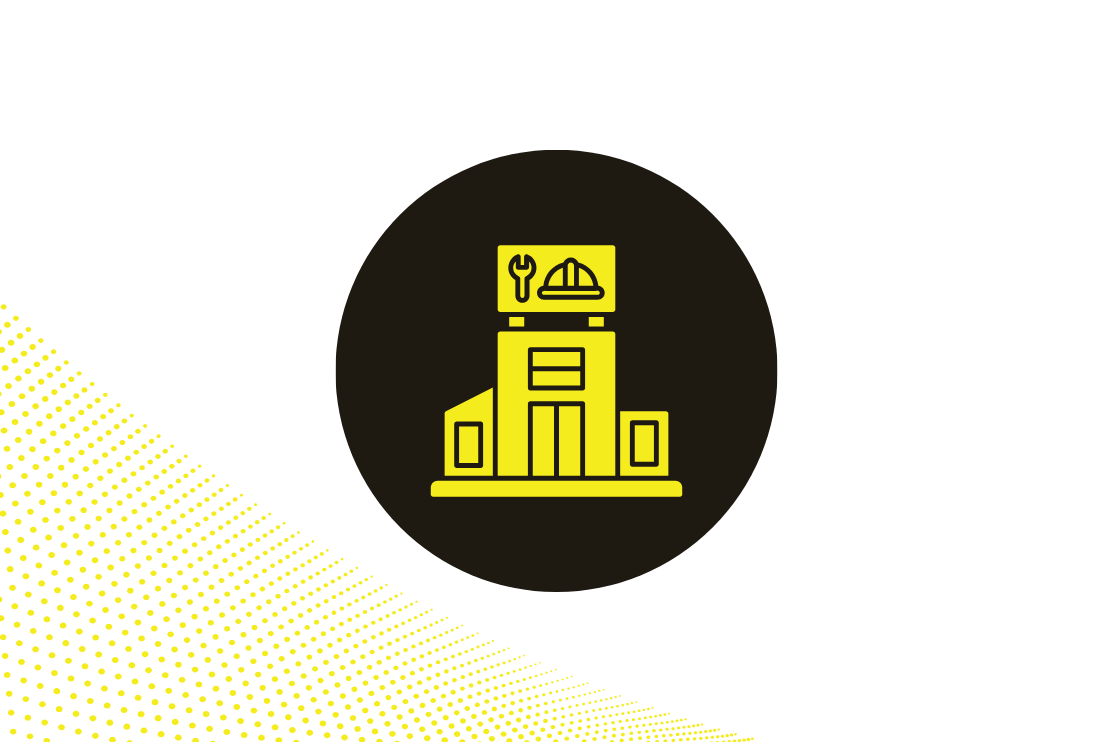Don't miss our breakout sessions!
Book time with our team on-site!
Our team is excited to meet you. Book a time that works best.


One of the most common questions adults ask children from the time they can talk in full sentences is What do you want to be when you grow up? Younger children often respond with roles they are familiar with-jobs that they know of from family members or the community. Answers like teachers or firefighters or doctors often populate the responses. As children grow and mature, the answers often evolve to reflect the strengths and interests of the individual. A child who likes to ask questions is pegged as a budding journalist. Another who is good at building things may become an engineer.
The commonality is that these conversations around future careers are rooted in professional opportunities and choices that exist today. And most career exploration activities and exercises for students remain centered on the specific, defined roles students may one day fill. Career aspirations that fall outside typical professional roles are often dismissed as ill-informed or unrealistic.
The world students are living in, however, is evolving at a rapid pace. The economic conditions, realities, and options are expanding every single day–with new possibilities and entire fields emerging seemingly out of nowhere. Many of today’s students will spend their careers in professional roles that do not currently exist and it is critical that college and career readiness (CCR) programs take this into account when preparing students for their postsecondary futures.
What’s Different: Accessible Technologies, Gig Economies, and AI Deployment
The opportunities for employment and career development are significantly different for today’s high school graduates. The extensive expansion of internet access, computing power, and accessible mobile technologies have transformed the ability of individuals to quickly and easily create their own content and disseminate to large audiences with immediacy and frequency–nearly eliminating geographic constraints on the consumer base.
Recent advances in accessible artificial intelligence are having similarly seismic effects on employment and professional options. Many elements of social media content creation, personal assistant tasks, and even computer coding will soon be able to be automated with AI applications. With these shifts, individuals will be able to manage many of these elements on their own rather than rely on hiring other experts or employees. And new jobs and opportunities will soon be available for those who learn, use, and create with these new technologies. These capabilities have resulted in whole new industries, impacted the kind of jobs that are available within traditional industries, and enabled individuals to be economically self-sufficient.
These changes have also fueled the emergence of the “gig economy”--which describes the economic dynamic whereby people work and are paid for transactional services directly provided by them, outside of a full-time employment contract. Common “gig” roles include freelance writers, coders, graphic designers, videographers, and rideshare providers. According to recent data, this has impacted a significant portion of the workforce with over a third of workers participating in some aspect of the gig economy to supplement their income and a little over ten percent making all their earnings through this approach.
Ways Students & Young Professionals are Creating New Career Paths
Students and young professionals are already responding to this changing landscape by creating their own roles, advocating for large corporations to shift their approaches, and by curating professions that revolve around their interests, passions, and contributions.
- Entrepreneurship Driven By Interests or Innovation: With the seemingly limitless consumer base for a given product, more accessible funding options, and countless high-profile models of individuals who have bucked common, “safe” career tracks to find success creating their own businesses, many students are approaching career exploration from the perspective of what they can add to the marketspace rather than what current spot or role they will fill. Some students see possibilities to turn their hobbies such as surfing or an interest in woodworking into careers. Others have an innovative idea that they believe will resonate with consumers that they can get to market without the historical barriers of large corporate bureaucracies.
- Becoming Influencers: With a proliferation of social media sites along with readily available technology to enable sophisticated video production, students are able to develop and refine the skills needed to reach large audiences very early. By the time they reach adulthood, many will have had years of practice creating media and honing their communication abilities to establish their point of view, succinctly justify these opinions, and persuasively articulate them to a broad audience. Students who are skilled at doing this are finding audiences to share book reviews, give travel tips, or talk through do-it-yourself home renovation advice, along with paid advertisements to fund the efforts. Roles that previously would have been reserved for hobbies are now able to be professional, paid work.
- Blending Activism with Professional Roles: A notable feature of today’s high school and college students is an increased engagement and awareness of social, environmental, and humanitarian issues. Rather than seeing these topics as ancillary to one’s professional life, students and young professionals have taken to building in roles and policies that work toward promoting these causes into core pieces of business structures or as standalone nonprofits. From policies such as a shoe company giving a pair of shoes to someone in need for every pair purchased to creating roles for environmental impact into the operations team, today’s students are establishing new professional opportunities based around causes that they see as important.
- Multiple Simultaneous Careers: As the gig economy grows, students have the opportunity to curate a mosaic of professional roles to generate a living wage. This allows young professionals to have different outlets that are creative, productive, and lucrative without relying on a single role to pay the bills. It also allows individuals to leverage more reliable and consistent jobs while building other businesses and opportunities. With this approach, students and young professionals are keeping options open and moving nascent career paths forward without jeopardizing their financial stability.
Boundless CCR Options
Students need to be aware that the employment landscape of today is very different from that of their parents and profoundly different from that of their grandparents. High schools must approach college and career readiness with these variables in mind. Rather than fear the changes, schools need to help students develop skills that will transfer from opportunity to opportunity; financial literacy skills, lessons around negotiating contracts, and other ways to set them up to keep learning throughout their lives are quickly becoming vital to CCR. And beyond the skills, educators, counselors, and administrators can help students and their families realize that more possibility than ever exists to forge their own paths and to create careers that truly align to their passions, skills, interests, and life ambitions.
Related Posts
See All
.png)



